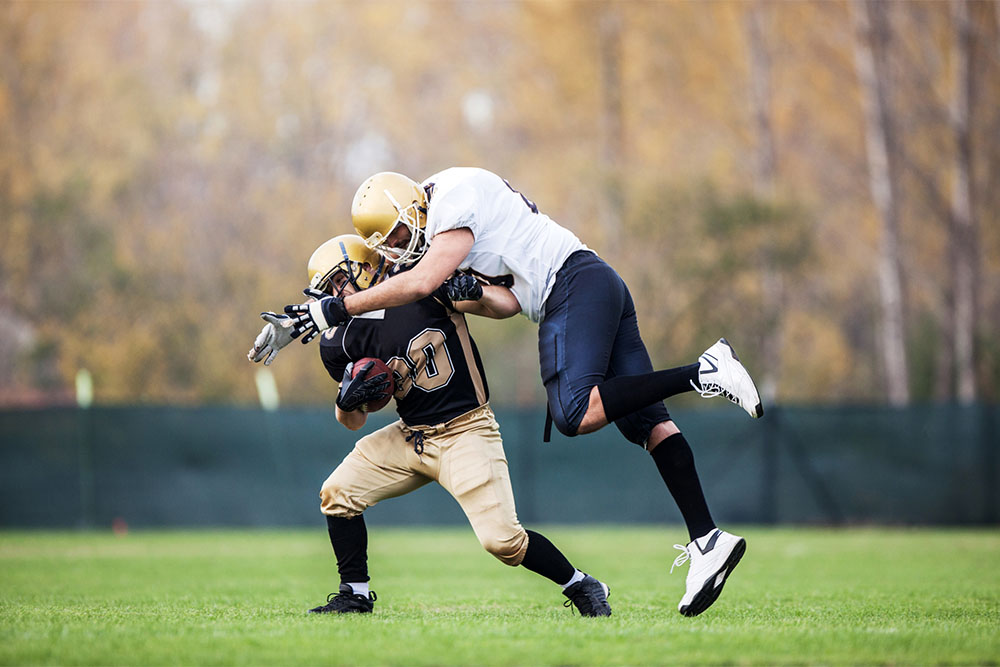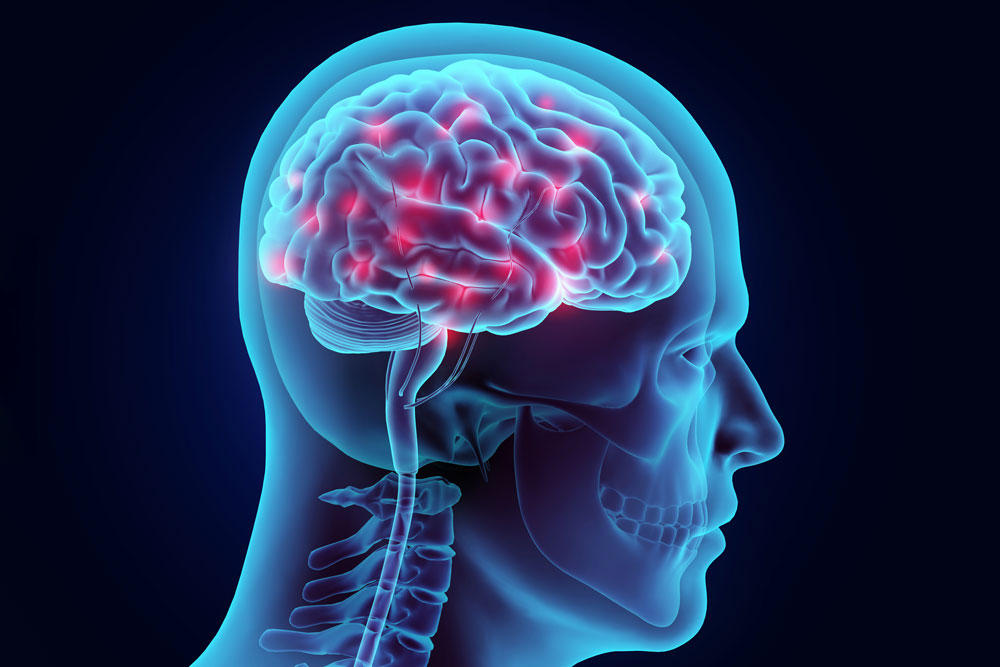As a parent of an athlete, you don’t have to be told twice that playing sports has many benefits for young children. Sports can benefit a child’s physical and mental well-being. They can strengthen bones, tone muscles, teach children the value of teamwork, and even improve academic performance. Children who play sports are susceptible to sports injuries, and concussions are in the top ten. Though football has the highest concussion rate of any American youth sport, many sports — some of which may surprise you — significantly increase youth athletes’ risk of brain injury. Understanding and preventing sports-related youth concussions is important to the health of our athletes.
Rates of Concussion in Soccer and Other Youth Sports
To understand why concussions occur and how to prevent them, a Journal of Pediatrics research team examined data on 9,542 concussions across 20 high school sports between 2013 and 2014, then again between 2017 and 2018. The sports that were assessed included boys’ football, soccer, baseball, wrestling, ice hockey, field hockey, basketball, cross country, track and field, lacrosse, and swimming and diving; and girls’ soccer, volleyball, softball, basketball, lacrosse, field hockey, track and field, and swimming and diving; and coed cheerleading. What they found was that the following three sports had the highest concussion rates per 10,000 athlete exposures:
- Girls’ soccer, with 8.19 concussions
- Boys’ football, with 10.4 head injuries
- Boys’ ice hockey, with 7.69 concussions
Interestingly, concussion rates during practice were different than during competitions. Football still claims the highest rates of concussion in this category, at 5.01 per 10,000 exposures. However, cheerleading is the only sport with a higher practice concussion rate than competition concussion rate, with 63.7% of cheerleading concussions occurring at practice.
Signs and Symptoms of Youth Concussion
As a parent, it’s crucial to your child’s health and development to recognize the signs and symptoms of a brain injury so that you can seek treatment early on. Signs you may observe, according to the CDC, include clumsiness, forgetfulness, confusion, slow response, personality changes, and loss of consciousness. Symptoms your child may report are as follows:
- Balance issues or dizziness
- Fogginess or grogginess
- Headache
- Nausea or vomiting
- Bothered by loud noises or light
- Trouble concentrating
- Does not feel right
If you notice that your child is convulsing; complains of a headache that persists for days; experiences chronic nausea or vomiting; demonstrates unusual behavior; is increasingly confused, restless, or agitated; is uncharacteristically tired and difficult to wake up; exhibits weakness, numbness, or decreased coordination; slurs his or her speech; or loses consciousness, call 9-1-1 right away. Any of these could be signs of bleeding in the brain.
Long-Term Health Problems
Too many people assume that once the initial symptoms of a concussion subside, their young athletes will be okay. This is not necessarily true, and it’s a dangerous assumption that could put the child at risk for long-term health and behavioral issues.
According to new research, atrophy and abnormal brain waves can persist for up to two years after the concussing event. Additionally, concussions often cause the deterioration of the nerves that control motor function in young athletes. Though the effects of these types of damages may not be apparent immediately, they could persist for decades. The results of the damage could include memory decline, attention decline, decreased motor function, depression, and increased rates of suicide.
The Extent of Damage Increases with each Subsequent Concussion
Your athlete may try to hide or dull their symptoms in hopes of continuing play; however, this could lead to a greater risk for significant long-term implications. One of such includes Second Impact Syndrome (SIS), defined as rapid brain swelling shortly after a person suffers a second concussion before symptoms from an earlier concussion have subsided. When a concussion is treated properly, the likelihood of this event decreases drastically. Still, if an athlete returns too quickly following a concussion, this can become a serious traumatic brain injury and is likely fatal.
If athletes sustain several concussions throughout their athletic career, they may develop chronic traumatic encephalopathy (CTE). The symptoms of CTE get progressively worse as a person ages and can include personality changes, memory loss, depression, progressive dementia, and other serious illnesses. Important steps to avoid long-term health complications include prompt reporting of concussion symptoms to an athletic trainer or other health care professional along with appropriate return-to-play protocols to ensure the safety and health of your athlete.
Preventing and Treating Concussions in Young Athletes
Schools and sports leagues bear the brunt of preventing concussions in young athletes. This is because concussion prevention in youth sports boils down to five main things:
- Rule enforcement
- Safe sport culture
- Concussion action plan and return to play guidelines
- Concussion reporting
- Education
If your child plans to play any sport, but particularly those with high concussion rates, make sure the league has appropriate measures in place to prevent hits to the head. On your end, ensure your child wears a helmet if appropriate, knows and understands the sport’s rules, and knows how to protect him or herself on the field. Relay the importance of reporting and monitoring symptoms with your athlete and communicating with the athletic trainer for appropriate management.
Should your child sustain a concussion, seek concussion treatment right away. With individualized treatments, Foothills can help retain and maintain physiological conditioning during recovery from a concussion. Contact us for a free injury assessment or to schedule an appointment.







